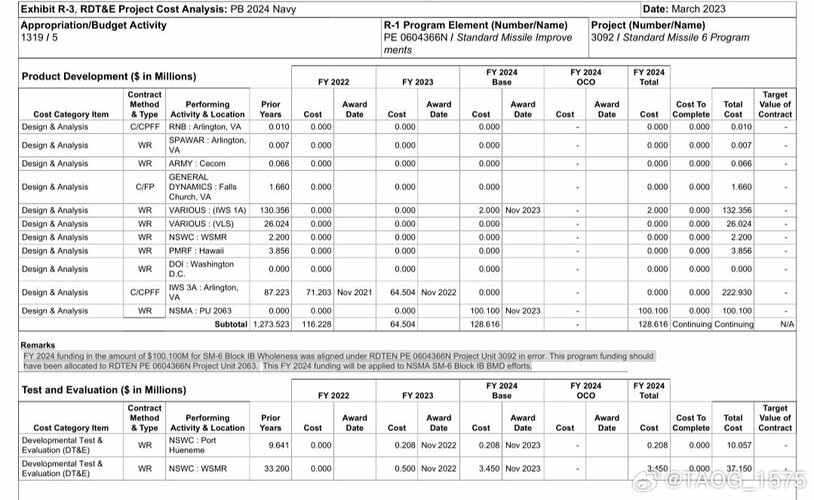Forest Green
ACCESS: Above Top Secret
- Joined
- 11 June 2019
- Messages
- 5,315
- Reaction score
- 6,996

Northrop Grumman’s Ballistic Missile Target Successfully Launched for Aegis Weapon System Test
CHANDLER, Ariz. – March 29, 2024 – Northrop Grumman Corporation (NYSE: NOC) successfully launched a ballistic missile target vehicle to support the Missile Defense Agency’s Flight Test Aegis Weapon System 32 (FTM-32), in cooperation with the U.S....
View: https://x.com/northropgrumman/status/1773802312760279420?s=20

MDA, US Navy Conducts Successful Intercept with SM-6 - Naval News
MDA, Navy Conducts Successful Intercept with SM-6; Advances collaboration with Australia
View: https://x.com/AirPowerNEW1/status/1773816896477077986?s=20


